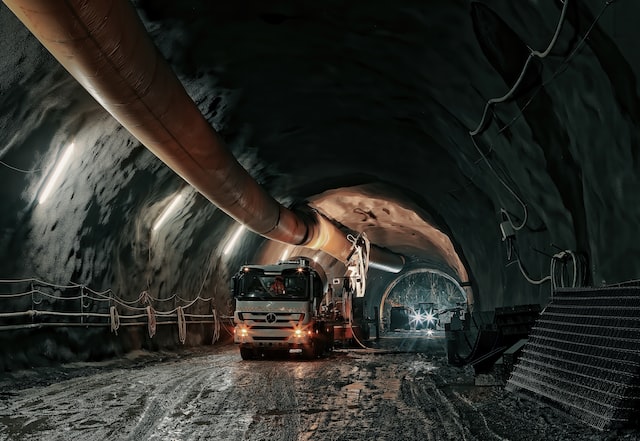What most people might not realize is that the way we measure concrete has changed over time, and it’s about to change even more! We’re going from volumetric concrete to volumetric mixers—and this could have some huge impacts on both the construction and manufacturing industries.
Benefits of Volumetric Concrete
Volumetric concrete is an even more accurate way of measuring the amount of concrete you need. It’s also more environmentally friendly, convenient, and efficient.
Use of Volumetric Concrete
Let’s say you want to pour a slab for a patio. When you order volumetric concrete, the supplier will give you a box that sits on top of your truck bed (or trailer). The box has two sides: one side is open to receive your dry ingredients, and the other has measure marks for mixing water into them.
You can skip mixing altogether if you’re using pre-mixed cement—this is called “dry” or “short haul” delivery. But if not, all you have to do is add water from your hose until it reaches the mark that corresponds with how much volume (space) each ingredient occupies in comparison with everything else being added (see diagram below).
By using volumetric measurement instead of standard measurements like cubic yards or tons per yard cubed (which are based on weight), volumetric technology gives us better results because it takes into account density differences between different types of materials.
Facts About Volumetric Concrete
You can pour the concrete as soon as it’s mixed. Unlike traditional concrete, which needs to cure for hours or even days before it can be used, volumetric concrete is ready to use right away.
You are not limited to pouring a straight wall of concrete with volumetric concrete. This material allows you to pour it in any shape or form that your project requires—no more waiting for a curing period!
Volumetric concrete is a mixture of water and the correct quantity of cement, sand, and stone. It’s used to create a specific shape that can be poured into place by hand or by machine.
The result is a high-strength concrete with a smooth finish that’s strong enough for use in applications ranging from bridge decks to building columns to precast panels for roads and parking lots.
Volumetric concrete offers cost savings over traditional concrete pouring methods because there are no unused oil or gas additives left behind. In traditional pour methods, these leftover chemical ingredients must be removed before they can start to interfere with structural integrity
But volumetric concrete doesn’t have any additional chemicals involved in its production aside from those already designated for their intended purpose (cement).
Volumetric concrete is more environmentally friendly and less wasteful than traditional forms of concrete. This means that you’re not only getting a better product, but you’re also helping to protect our planet by using it.
Conclusion
So, there you have it, the story of volumetric concrete. We hope this article has given you a better understanding of what it is and how it can benefit your project.


